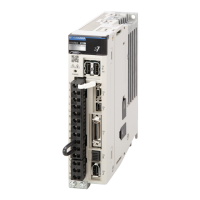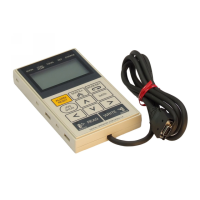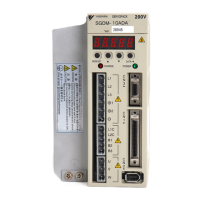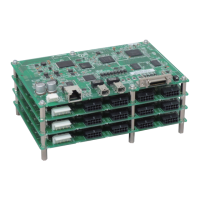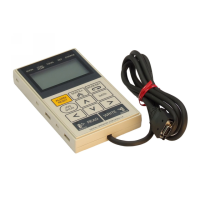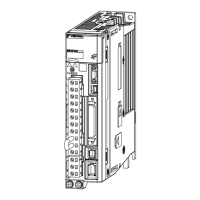12.8 Regenerative Resistor
12.8.1 Regenerative Power and Regenerative Resistance
12-32
12.8
Regenerative Resistor
If the regenerative power exceeds the amount that can be absorbed by charging the smooth-
ing capacitor, a regenerative resistor is used.
12.8.1
Regenerative Power and Regenerative Resistance
The rotational energy of a driven machine such as a Servomotor that is returned to the SERVO-
PACK is called regenerative power. The regenerative power is absorbed by charging a smooth-
ing capacitor. When the regenerative power exceeds the capacity of the capacitor, it is
consumed by a regenerative resistor. (This is called resistance regeneration.)
The Servomotor is driven in a regeneration state in the following circumstances:
• While decelerating to a stop during acceleration/deceleration operation.
• While performing continuous downward operation on a vertical axis.
• During continuous operation in which the Servomotor is rotated by the load (i.e., a negative
load).
12.8.2
Types of Regenerative Resistors
The following regenerative resistors can be used.
• Built-in regenerative resistor: A regenerative resistor that is built into the SERVOPACK. Not all
SERVOPACKs have built-in regenerative resistors.
• External Regenerative Resistor: A regenerative resistor that is connected externally to SER-
VOPACK. These resistors are used when the smoothing capacitor and built-in regenerative
resistor in the SERVOPACK cannot consume all of the regenerative power.
Note: If you use an External Regenerative Resistor, you must change the setting of Pn600 (Regenerative Resistor
Capacity) and Pn603 (Regenerative Resistance).
You cannot use the resistance regeneration provided by the SERVOPACK for continuous regen-
eration. For continuous operation with a negative load, you must design a system that also
includes a Power Regenerative Converter or Power Regenerative Unit (for example, Yaskawa
model D1000 or R1000). If regenerative power is not appropriately processed, the regenerative
energy from the load will exceed the allowable range and damage the SERVOPACK.
Examples of negative loads are shown below.
• Motor Drive to Lower Objects without a
Counterweight
• Motor Drive for Feeding
Servomotor
Servomotor
Servomotor
Tension
Negative load that feeds a material
at a constant speed under tension

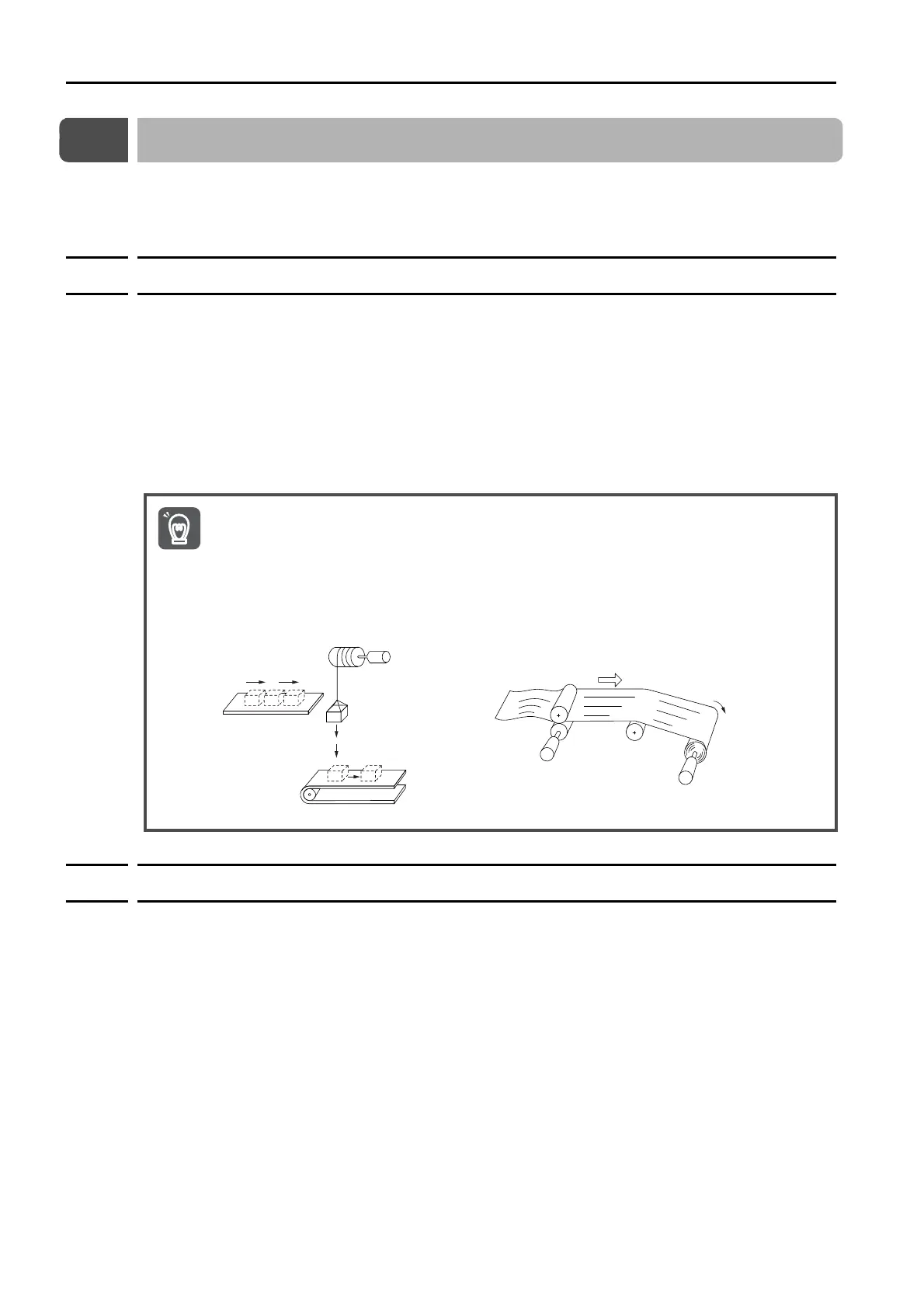